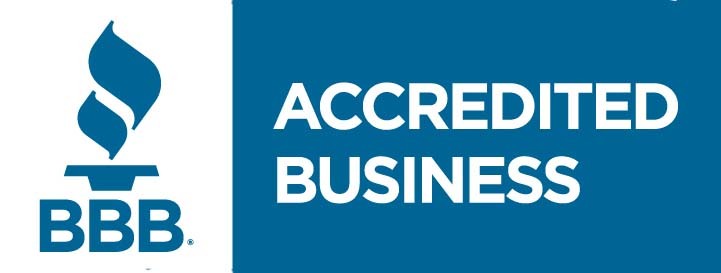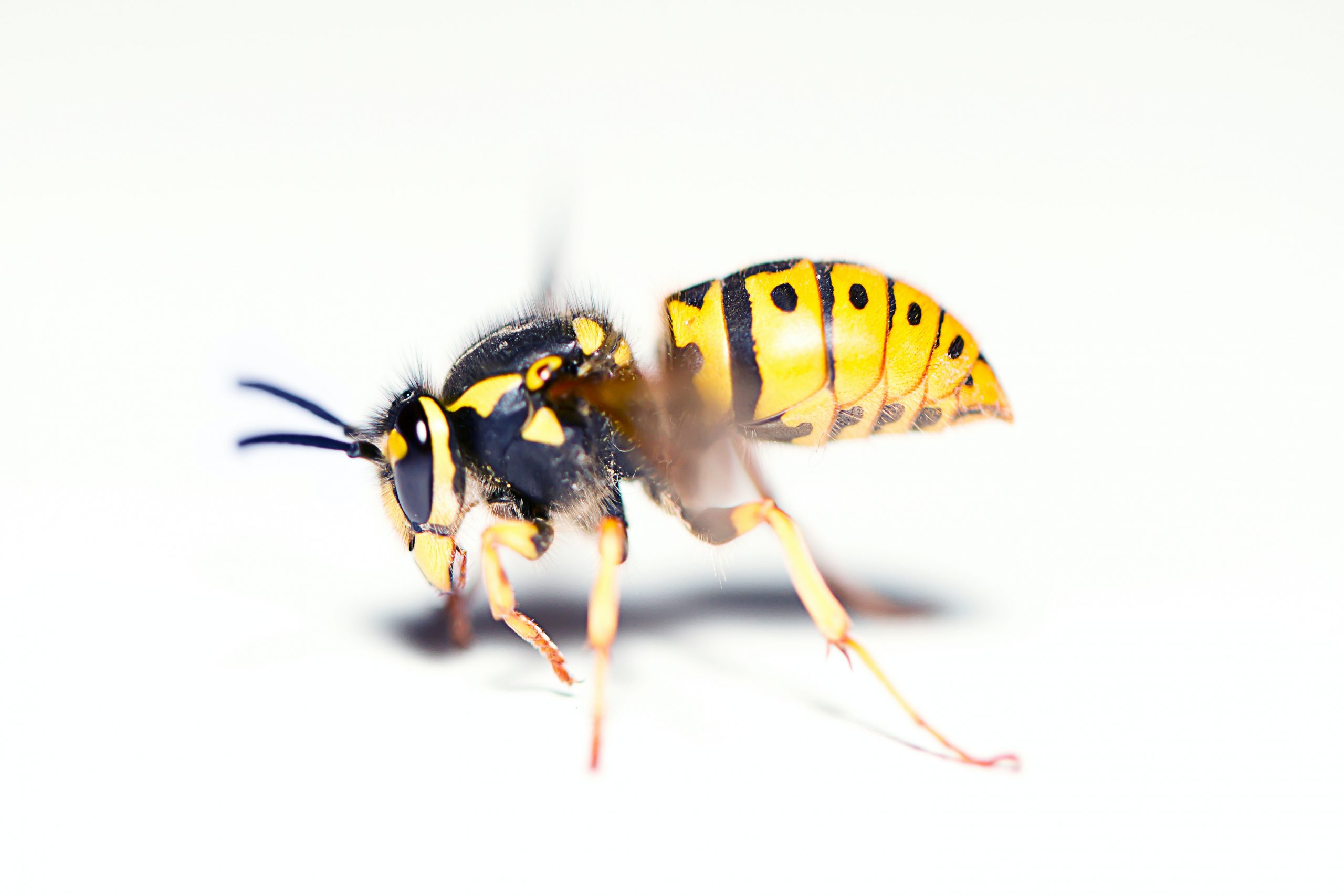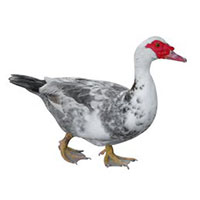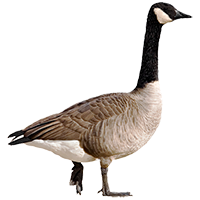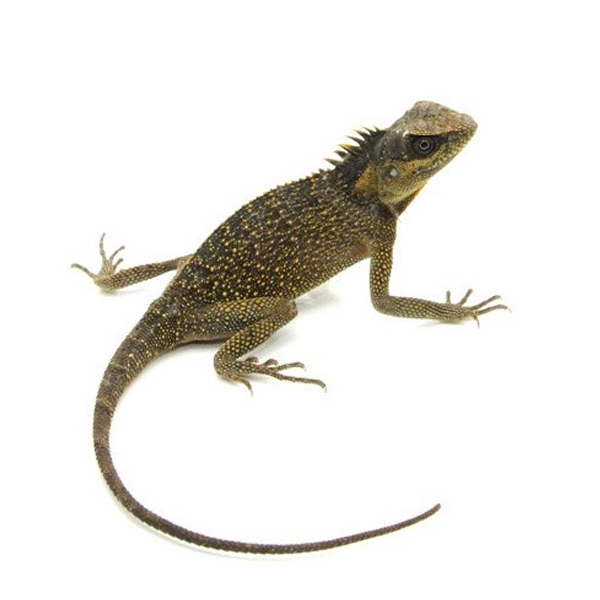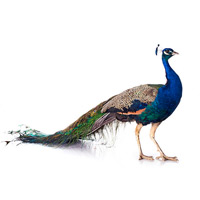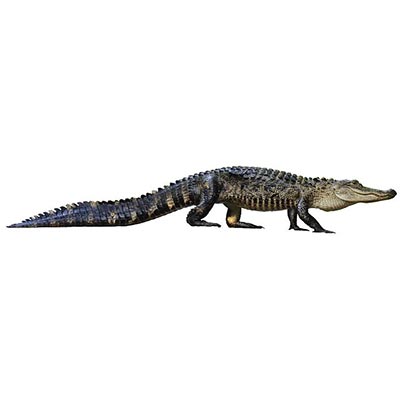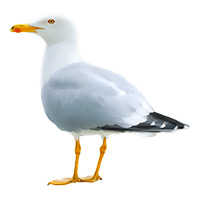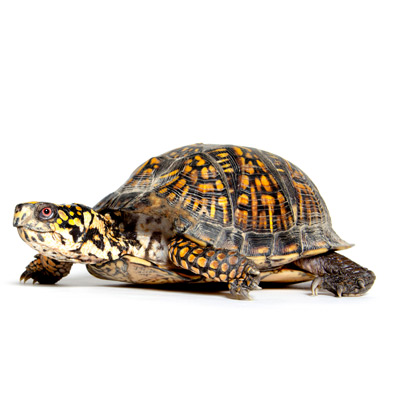Carpenter Bee Removal
WHAT ARE CARPENTER BEES?
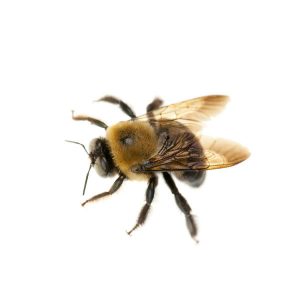
Carpenter Bee
Carpenter Bees can look like Bumble Bees; large, with yellow and black patterns. They are about one inch and may have some metallic reflections ranging from dark blue, yellow, green or purple tints. Their abdomens are shiny, which are different from Bumble Bees, which have more hair. They are commonly sighted in the spring hovering like a helicopter around eaves, porch rails, and under decks. Some times carpenter bees are called “wood bees”, because they bore into wood. Carpenter Bees do not eat the wood for nutrition. Carpenter bees, as pollinators eat nectar and pollen from flowering plants.
The female carpenter bee bores a channel or main corridor in wood from 6 ” to as long as 4 feet to lay their eggs in “galleries”. She deposits an egg into the gallery, brings in a mass of pollen for the newly hatched larvae to feed on, and then seals it all off to ensure it’s development before she repeats the process for the next egg.
Although, they are a wood boring insect, they are not considered a true structural pest. They do not spread through out the entire structure, but prefer unpainted or finished wood.
SIGNS OF A CARPENTER BEE INFESTATION:
Carpenter bee infestations are easily identified by the presence of their entrance holes in wood, the presence of sawdust on the ground under where the hole is drilled, the presence of a yellowish combination of pollen and bee excrement near the entrance hole and their bothersome flight activity, especially by the males who are protective of their territory, but do not sting.
ADDITIONAL INFORMATION ABOUT CARPENTER BEES:
The male carpenter bees do not sting, but they usually make property owners mistakenly interpret protecting their territory for aggression and the possibility of stinging. Males do look to be very menacing – as they hover and dart after any other flying insects that trespass into their territory and fly near people or pets as they move nearby. However, they will back off and hover a short distance away. The female is capable of stinging but seldom does so unless she is provoked or handled.
Carpenter bees can be very destructive to any wood structure. They can also be very difficult to eradicate.





